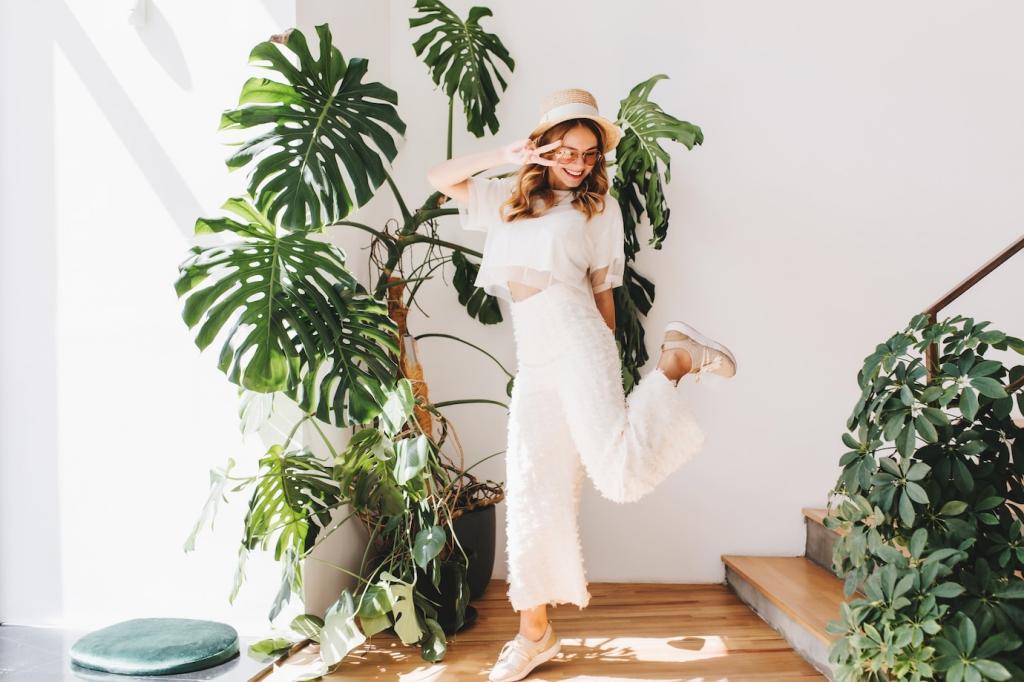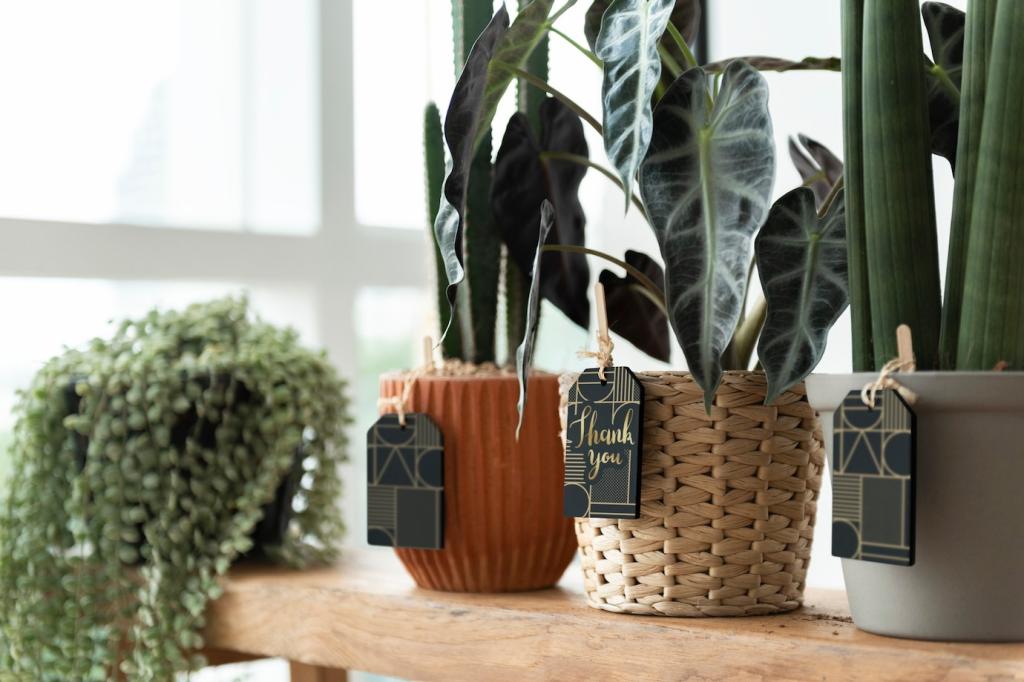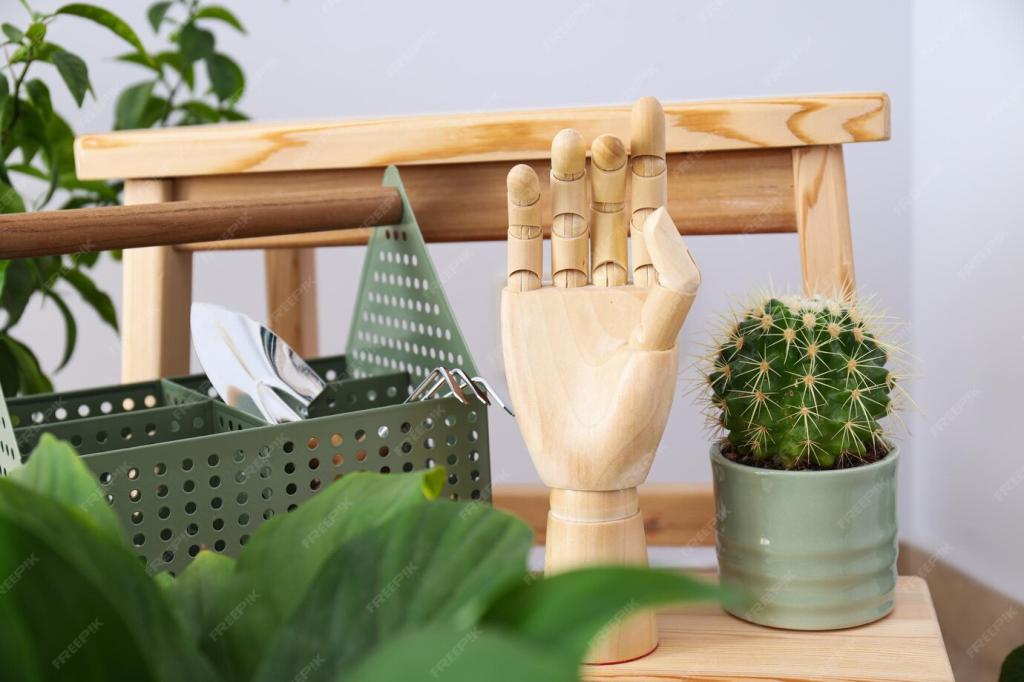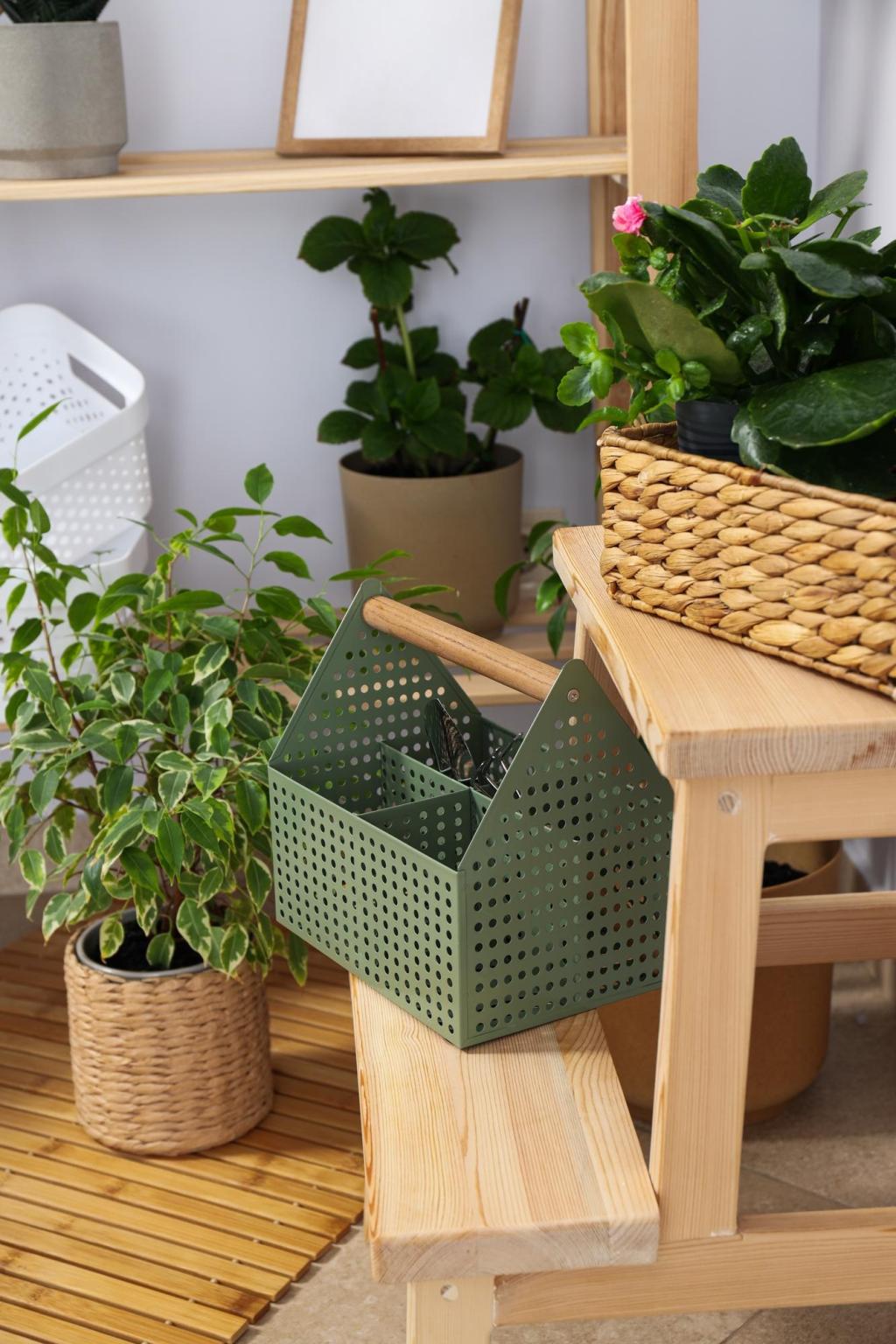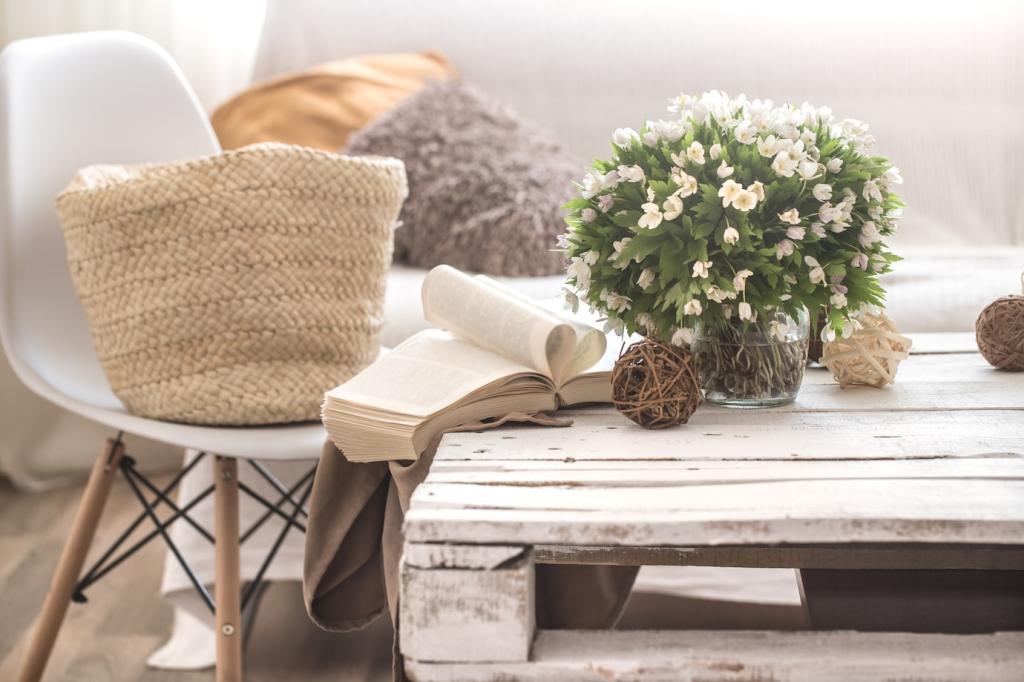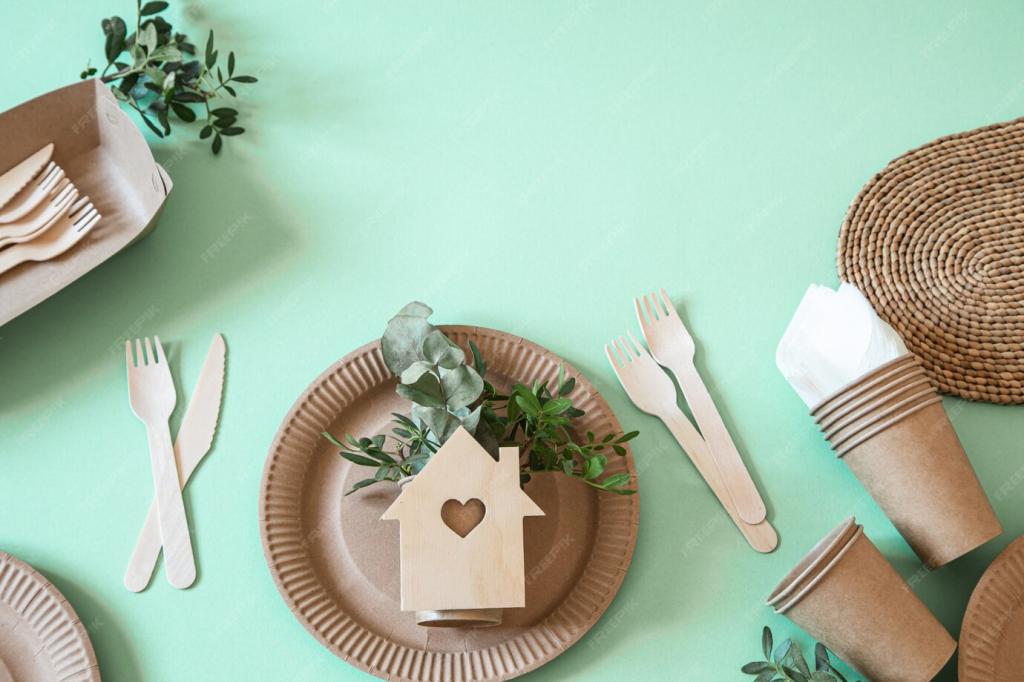Community Stories, Challenges, and Next Steps
Maya replaced a plastic planter wall with cork tiles, a coir hanging basket, and a paper-pulp clock. The space felt warmer instantly. She calculated that switching materials cut landfill waste and invited friends to try one swap. Share your before-and-after photos to inspire the next reader’s leap.
Community Stories, Challenges, and Next Steps
Host a craft night making seed-paper bunting and jute-wrapped jars. Kids love the textures, and everyone learns how materials return to earth. Post your creations, tips, and mishaps. We will feature a favorite project monthly, so subscribe today for tutorials, reminders, and gentle eco nudges.

